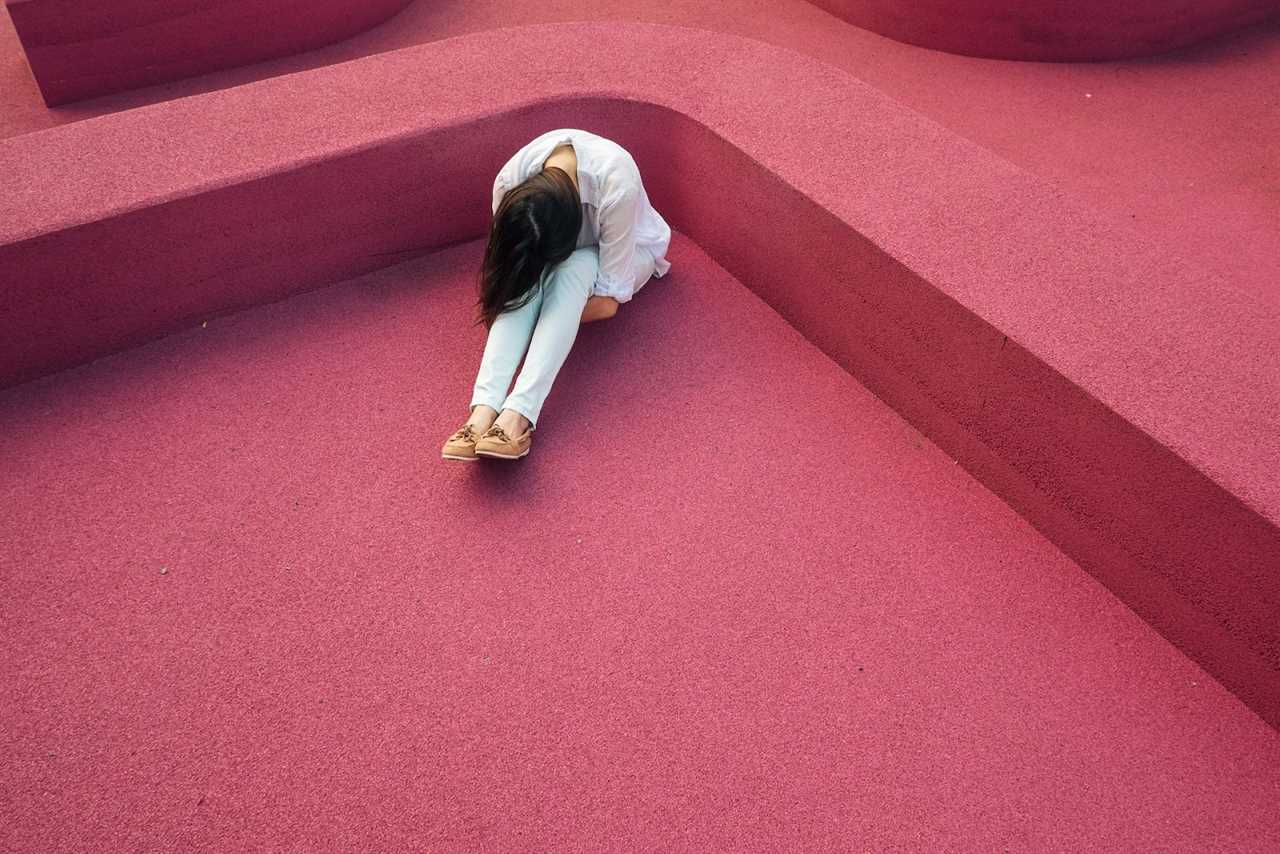Have you ever wondered why some people prefer to sit on the floor instead of a chair or a sofa? Or have you ever tried to sit on the floor yourself and felt uncomfortable or awkward? If so, you might be interested to learn more about the practice of floor sitting and its effects on your health and well-being.
In this article, I will explore the benefits, pros, and cons of floor sitting in more detail. The main purpose and goal of this article is to inform and educate you about floor sitting, and to help you decide whether it is something you want to try or not.

What is floor sitting?
Floor sitting is simply the act of sitting on the ground with floor chairs or without any furniture. It is a common habit in many cultures and traditions around the world, like in Asia, Africa, and the Middle East. Not only that but it is also a part of different common physical activities, like yoga, meditation, and some martial arts.
This practice can have both benefits and drawbacks, depending on how you do it, or how often.
Benefits of floor sitting
Floor sitting can have many benefits for your physical and mental health, especially if you do it regularly and properly. Some of the benefits include improving your flexibility, mobility, core strength, and muscle activity.
Here are some of the main benefits of floor sitting:
Encourages natural stability and core strength
When you sit on the floor, you have to use your core muscles to keep your balance and stability. This helps to strengthen your abdominal, back, and pelvic muscles, which are essential for your overall health and fitness.
A strong core can also reduce lower back pain, improve your breathing and digestion, and enhance your athletic performance.
Reduces hip tension and improves flexibility
Sitting on a chair or a sofa for a long time can make your hips tight and stiff, which can affect your mobility and posture.
But when you sit on the floor, you can easily stretch your hip flexors, which are the muscles that connect your thighs to your pelvis.
This can improve your flexibility and range of motion, and prevent hip pain and stiffness.
Enhances mobility and joint health
Sitting on the floor also allows you to move your legs and feet in different directions and angles, which can improve your mobility and joint health.
Moving your lower limbs can lubricate your joints, reduce inflammation, and prevent or delay arthritis and other degenerative conditions.
It can also help with the loss of bone density and muscle mass that occurs with aging and sedentary lifestyles.

Promotes better posture and spinal alignment
This practice can also help you maintain a natural and healthy posture and spinal alignment, which can prevent or correct many postural problems and back issues.
When you sit on the floor, you have to keep your spine straight and your shoulders back, which can improve your posture.
A good posture and spinal alignment can also improve your breathing, and circulation, as well as your confidence and self-esteem.
Increases muscle activity and calorie expenditure
It can also increase your muscle activity and calorie expenditure, compared to sitting on a chair or a sofa. This is because sitting on the floor requires more effort and energy to maintain your balance, and change position.
This can help you burn more calories and fat, and reduce weight gain or obesity. It can also improve your metabolism and blood sugar levels.
Drawbacks of floor sitting
Floor sitting can also have some drawbacks and disadvantages, especially if you do it incorrectly, excessively, or without proper preparation and care.
Some of the drawbacks are stress and pressure on your joints, and reducing your blood circulation. It can also lead to poor posture, exacerbating your joint problems, and making it hard to stand back up.
Here are some of the main drawbacks of floor sitting:
Causes extra stress and pressure on the joints
It can cause some extra stress and pressure on your joints, especially your knees and ankles if you do it excessively. This is because when you sit on the floor, you place the weight of your upper body on your lower limbs, which can compress and strain your joints.
This can cause pain, inflammation, and injury, especially if you have existing joint problems or conditions, like arthritis, bursitis, or tendinitis.
Reduces blood circulation and oxygen delivery
Floor sitting can also reduce your blood circulation and oxygen delivery, especially in your lower limbs, because the load of your upper body can constrict your blood vessels and mess with your blood flow, affecting your oxygen and nutrient delivery to your tissues and organs.
Causing numbness, tingling, cramping, and swelling in your legs and feet, as well as fatigue. In worst-case scenarios, it can also increase your risk of blood clots, varicose veins, and other vascular problems.

Leads to poor posture and slouching
Another drawback of sitting on the floor is that it can also lead to poor posture and slouching, especially if you do it for a long time or without proper support like a floor chair.
This is because it’s a tiring activity and sometimes uncomfortable, which can make you lean forward, curve your spine, and drop your shoulders and head, worsening your posture and spinal alignment.
Ultimately leading to back pain, neck pain, and headaches.
Exacerbates existing joint problems and pain
It can also exacerbate your existing joint problems and pain, especially if you have any medical conditions or injuries that affect your hips, knees, or ankles.
The main reason behind this is that it increases your joint stress, inflammation, and stiffness, making it harder for you to recover, and may require you to take more medication or seek more medical attention.
Makes it difficult to stand back up
Another drawback of this practice is that many people find it difficult to stand back up, especially if they do it for a long time or without proper assistance.
It can weaken your leg muscles and reduce your balance and coordination, making it harder for you to get up and walk.
Leading to an increase in falls and injuries, and affecting your independence and mobility.
The post Seating on the Floor: Benefits, Pros and Cons of Floor Sitting appeared first on Travel Experta - Travel, Lifestyle, Freedom.
------------------------------------------
Title: Seating on the Floor: Benefits, Pros and Cons of Floor Sitting
Sourced From: travelexperta.com/floor-sitting/
Published Date: Fri, 01 Dec 2023 15:33:49 +0000






